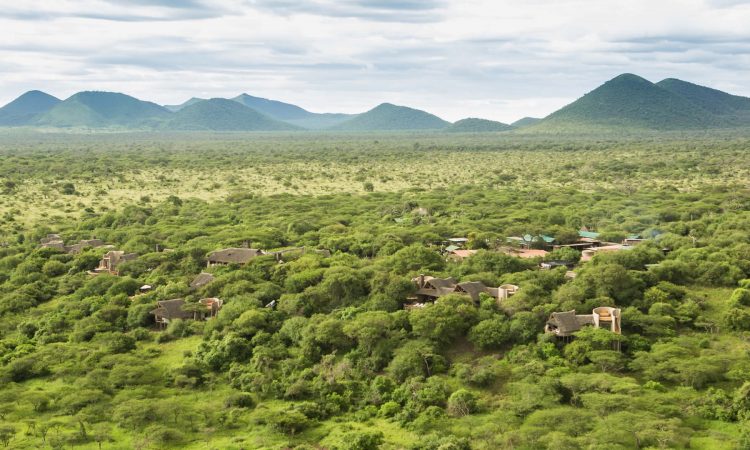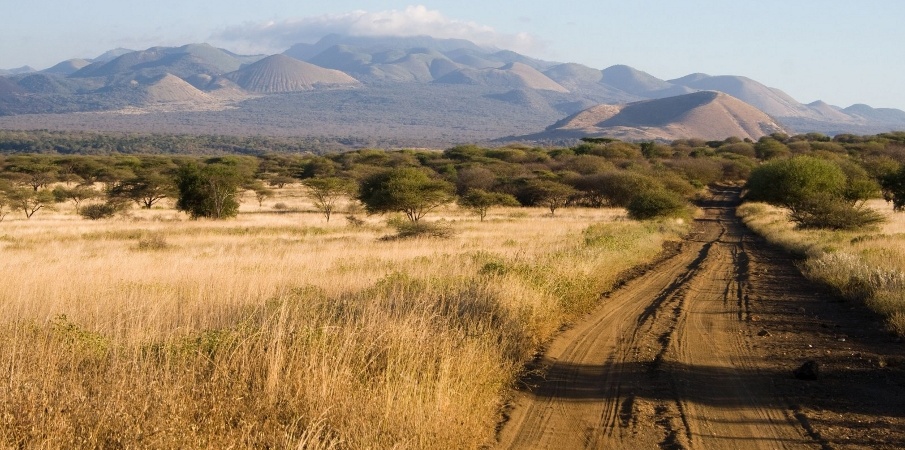
Tsavo National Park Climate
Tsavo National Park Climate
Tsavo National Park Climate is one of the greatest factor that has contributed positively to the high concentration of animals at the park. The climatic conditions at the Tsavo National park are so superb that the park one of the best African wilderness safari destination. The Tsavo national park lies in the altitude of above 463 meters above the sea level. Its dominated by the tropical climate. The park receives two rainy seasons a year with the first rains heavy and longer than the second rains. The well distribution of rainfall patterns at the park has made all the animals at the park permanent residents which can be viewed any time of the year. Tsavo national park climate is cooler during the winter. Its also around winter that the park receives more rainfall. During the summer the park is generally hot and receives less rainfall. When looking for the best time to visit the park its always better to focus on the climate of the park. Its good to visit when the rains are less hence making Summer season the best time to visit the park.
The Tsavo national park climate has an average temperatures of 25 degrees Celsius. The average rainfall received in a year goes around 1037 mm going deep to 40.8 inches deep. However due to worlds climatic changes sometimes the rains can be lower than or even higher than that some years. The location of the park in the former semi-arid area has greatly affected the climate of the park. This has made Tsavo national park climate to be characterised by the semi-arid characteristics. The nights and the early mornings are generally cold while the days are very hot. Even during the winter time the days are very hot and the sun comes our early. The cloud cover is less only heavy when its about to rain. It takes a short period to set and it rains and after the rain it becomes hot and sunny again.
The warmest month of Tsavo national park climate in a year is March. During this month the average temperatures sometimes reach up to 27.4 degrees Celsius. This is the period when the park start receiving its annual first rains which are heavy. When the rains are decreasing the temperatures keep reducing slowly. By July the temperatures drop drastically to around 22.9 degrees Celsius. July is one of the coolest month with the lowest temperatures in Tsavo national park climate.
The Tsavo national park climate is characterised by hot and dry conditions. The days are hotter even during the rainy season and the nights remain cold even during the dry season. The dry season starts from June to September and again later from December to February. The dry season is regarded as the best time of visiting Tsavo national park. During this time the grass is short hence giving guests clear views of the wildlife at even longer distance. Also during the dry season the animals are concentrated on the water catchment area hence making game drives rewarding. The rainy moths start from March to June annually. The short rains also occur around November that last for only a period of one month. However much it rains but it does not have much impact on the tourism daily activities. Meaning guests can still enjoy game drives during the rainy season at this park.
Tsavo national park climate has greatly contributed to the diversified vegetation cover at the park. Tsavo West national park is wetter. Its mostly covered by the rough rocks and forested areas. The park is covered by thickets and tall grass. On the other hand Tsavo east is drier and dominated by the short savannah grassland. Due to the long dry spell at this side it has made it more famous and good game viewing destination. Tourists prefer it due to easy and clear views of the wildlife during the game drives.
Travellers must expect hot and dry climate though not throughout the year but a longer period of the year. There are also some cold times and wet especially the rainy months. This makes the parking lists different depending on the time the guest is planning to have his trip to Tsavo national park. Always check out on the parking list of each of our Tsavo national park safaris. The Tsavo national park climate like any other Kenyan national park have two rainy seasons. Knowing the climatic patterns of the park helps you to plan well your safari. This follows the different allergicity of the travellers hence making them travel at the rightful time.

In conclusion, the Tsavo national park climate is more favorable throughout the year for the guests to enjoy. Due to some factors beyond human understanding, Tsavo national park climate can change any time when even not expected so the guests should always be prepared for any climate change during your safari at this park.


